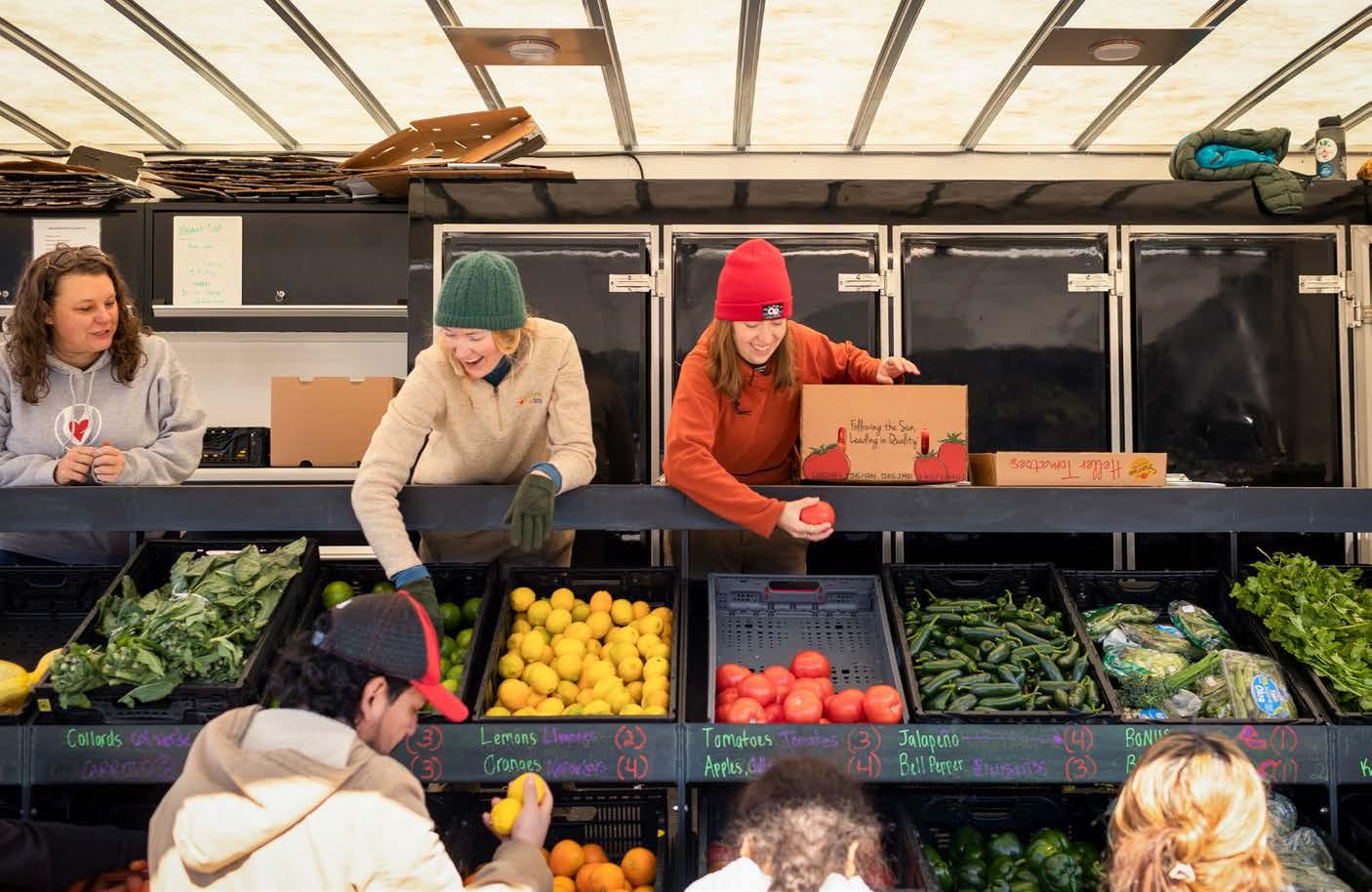85%
of respondents consider visuals a “high” or “very high” priority
dedicate less than 10% of their overall budget to visuals 63%
OVER 30% OF RESPONDENTS HAVE LOST FULL-TIME VISUAL STAFF IN THE PAST FIVE YEARS.
The demand for visual content continues to grow, with 87% of respondents either maintaining or increasing their budgets for visuals over the past three years. However, there remains a significant gap in staffing and training to meet this demand. A limited number of newsrooms employ full-time visual journalism leaders, and many lack the necessary visual staff to fulfill the increasing needs. As a result, numerous newsrooms rely primarily on reporters to provide visuals, and over 30% have lost full-time visual staff in the past five years. This staffing shortage hampers their ability to cover breaking news and produce high-quality visual storytelling. The future of local visual journalism depends on sustained investment in both resources and training to ensure the integrity and effectiveness of visuals in an increasingly challenging and evolving media landscape.

Challenges and Tools:
“With good visuals, that story actually got the most social media hits that we’ve ever had. So that made a huge difference in that person’s story taking off and being seen by more people.”
-Jennifer Coombes, Managing Digital Editor of KUNC, regarding using funds from the Reflecting Colorado Photo Desk grant
Despite the prioritization of visuals, newsrooms face significant challenges. The most commonly reported obstacles are time constraints, expense and the need for skills training.
Some newsrooms noted specific grants that helped them increase their visual budgets. One newsroom noted a $15,000 grant that allowed them to hire a photographer and receive more engagement with their work.
62% 39%
noted image archive and the search optimization of that internal archive as a challenge they currently face.
rely on Google Drive for Digital Asset Management, indicating a potential opportunity for more specialized visual archiving solutions or resources for building search-optimized libraries.
57%




